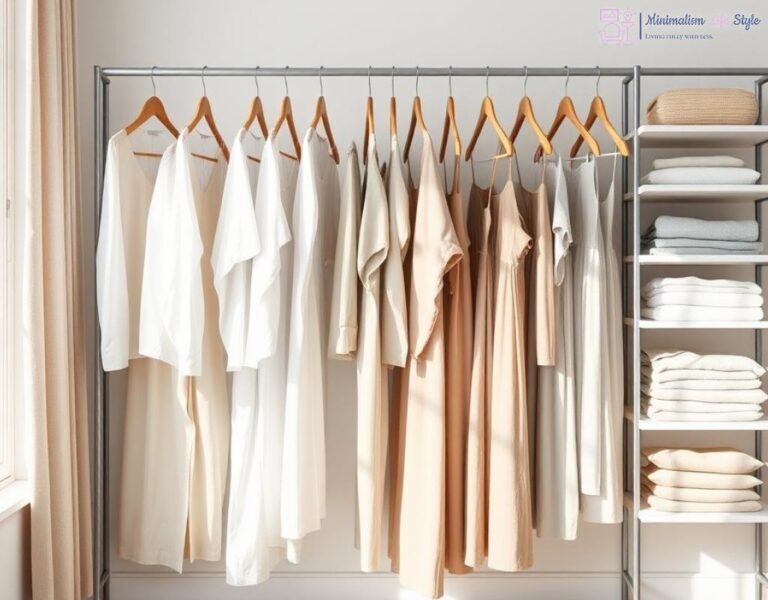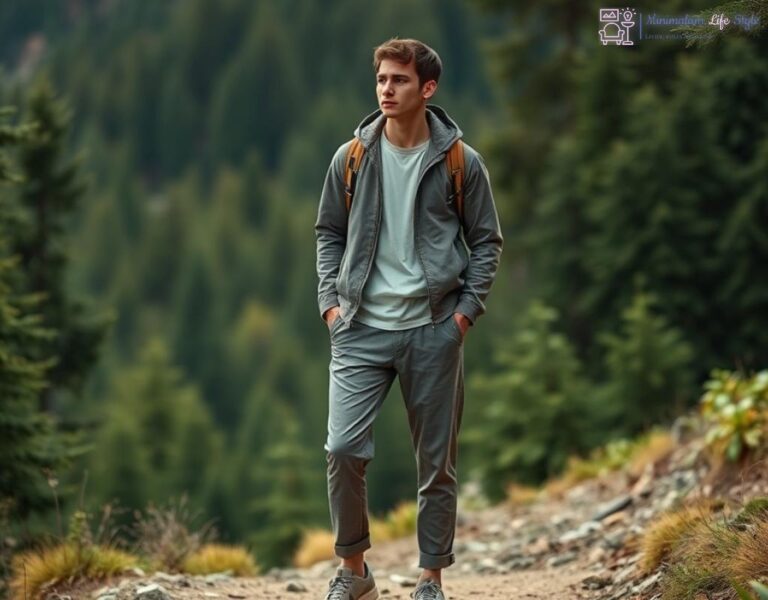The Art of Upcycling: Transforming Old Fabrics into Fashion
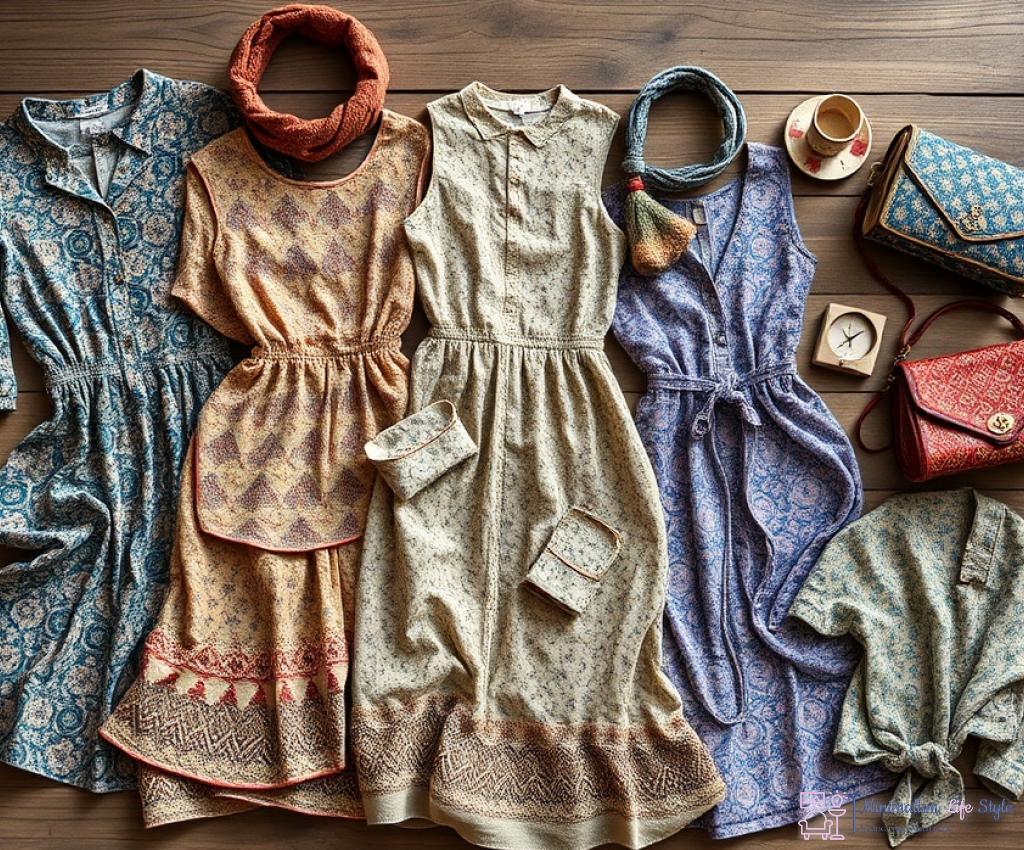
Reimagining Fashion Through Upcycling
In a world where fast fashion reigns supreme, the concept of upcycling stands as a beacon of hope for sustainable living. Upcycling is not just about recycling; it’s about transforming old or discarded fabrics into new, stylish creations that have a story to tell. This practice not only reduces waste but also encourages creativity, allowing individuals to express their unique style while being kind to the planet.
Creative Techniques for Fashion Transformation
There are countless methods to breathe new life into old garments. Whether it’s through sewing, dyeing, or embellishing, the possibilities are limitless. Here are some popular techniques that can inspire you to start your upcycling journey:
- Patchwork: Combine various fabric scraps to create a unique design.
- Dyeing: Use natural dyes to change the color of old clothes.
- Embroidery: Add personal touches with hand-stitched designs.
- Tailoring: Alter the fit of oversized garments to make them trendy.
Each of these techniques can transform plain fabrics into wearable art, making fashion not just a statement but a sustainable choice.
Benefits of Upcycling: More Than Just Style
Engaging in upcycling offers a multitude of benefits that extend beyond aesthetics. Here’s a comprehensive overview:
| Benefit | Description |
|---|---|
| Environmental Impact | Reduces waste and minimizes the carbon footprint associated with clothing production. |
| Cost Efficiency | Utilizing old clothes can save money compared to purchasing new garments. |
| Individuality | Creates unique pieces that stand out from mass-produced fashion. |
| Skill Development | Encourages creativity and the development of crafting skills. |
By embracing the art of upcycling, individuals not only contribute to a more sustainable world but also cultivate a deeper connection with their wardrobe.
From Waste to Wardrobe: Creative Repurposing Techniques
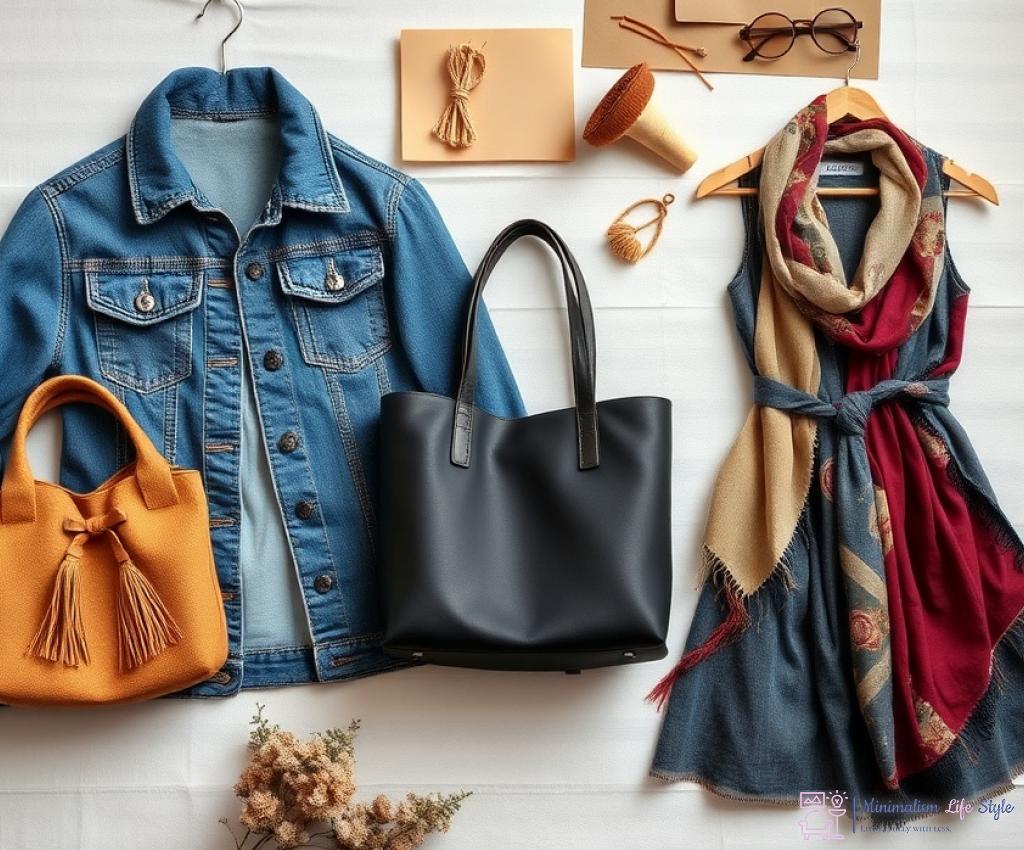
In the journey towards a more sustainable wardrobe, the process of repurposing unused or discarded clothing is not only resourceful but also a creative outlet. This practice allows fashion enthusiasts to take a step back from consumerism and breathe new life into their old garments. By utilizing innovative techniques, one can transform what was once deemed waste into stylish, functional pieces that reflect personal style and contribute to a more sustainable future.
Embracing the Transformative Power of Repurposing
Repurposing old clothing goes beyond simple alterations; it is about reimagining the potential of fabric. With a little creativity and inspiration, everyday items can be converted into fashionable statements. Here are a few inventive techniques that can spark your imagination:
- Cut and Sew: Snip old t-shirts into trendy crop tops or unique tote bags.
- Layering: Combine different pieces to create a new outfit, such as layering a dress over a turtleneck or pairing a long shirt with leggings.
- Accessorizing: Use fabric scraps to craft one-of-a-kind accessories like headbands, belts, or even jewelry.
- Reconstruction: Take apart an old garment and reassemble the pieces into something completely new, like a patchwork jacket.
These techniques not only revitalize your wardrobe but also reduce textile waste, making every outfit a testament to environmental consciousness.
Inspiration from the Community: Learning Together
One of the most enriching aspects of sustainable fashion is the community that surrounds it. By sharing ideas and techniques, individuals can inspire one another to push the boundaries of creativity. Consider joining local workshops or online forums focused on sustainable fashion. These platforms often feature:
- Skill-Sharing Sessions: Learn new techniques from fellow repurposers in a fun, collaborative environment.
- Swap Meets: Exchange unwanted clothes with others, giving rise to fresh opportunities for transformation.
- Online Tutorials: Access a wealth of projects and step-by-step guides that encourage experimentation.
By engaging with others, you can enhance your skills and discover innovative ways to repurpose and upcycle garments.
The Ripple Effect of Repurposing on Personal Style
Every piece of clothing you transform holds a personal story. This connection not only fosters a deeper appreciation for your wardrobe but also creates a distinctive aesthetic that is entirely your own. Embracing repurposing enables you to curate a collection of items that are not only stylish but also sustainable. As you venture into this creative realm, remember:
- Value Over Volume: Prioritize quality and uniqueness in your wardrobe choices.
- Mindful Consumption: Reflect on your purchases and their impact on the environment.
- Celebrate Individuality: Let your personal style shine through every repurposed creation.
In the world of fashion, repurposing is not merely a trend; it is a movement towards conscious living. By turning waste into wardrobe, you step into a realm where creativity meets sustainability, making every outfit a representation of both style and responsibility.
Sustainable Style: Building a Capsule Wardrobe with Upcycled Pieces
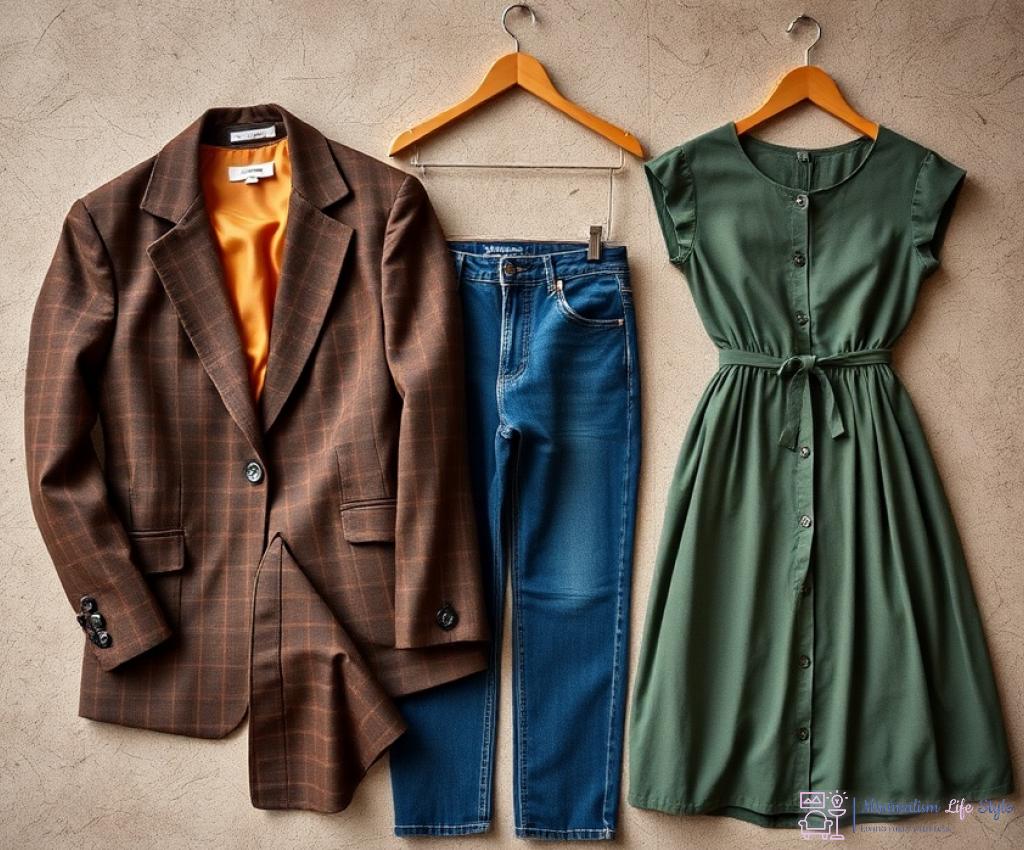
Embracing a sustainable minimalist fashion approach not only reflects a commitment to eco-friendly practices but also fosters an appreciation for individuality in style. A capsule wardrobe, which consists of a limited number of versatile pieces, can be beautifully curated using upcycled clothing, allowing one to express creativity while minimizing environmental impact. By selecting quality over quantity, individuals can create a harmonious collection that transcends fleeting trends.
The Essence of a Capsule Wardrobe
A capsule wardrobe is designed to simplify your clothing choices while maximizing outfit versatility. The beauty of incorporating upcycled pieces into this concept lies in the unique stories and textures each garment brings. Here are some essential steps to guide you in building a sustainable capsule wardrobe:
- Evaluate Your Current Wardrobe: Begin by assessing what you already own. Identify items that can be upcycled or repurposed, such as outdated dresses or worn-out jeans.
- Choose a Color Palette: Select a cohesive color scheme that complements your personal style. This will make mixing and matching your upcycled pieces effortless.
- Prioritize Versatility: Look for garments that can be styled in multiple ways. A simple dress, for instance, can serve as a standalone piece or be layered with other items.
- Incorporate Timeless Designs: Focus on classic silhouettes that withstand the test of time, ensuring longevity in your wardrobe.
- Commit to Quality: Invest time in upcycling techniques that enhance the durability and appeal of your garments, such as reinforcing seams or adding embellishments.
Transforming Old into New
The magic of upcycling lies in the ability to transform the old into something exceptionally new. By utilizing creativity and resourcefulness, you can breathe fresh life into your wardrobe. Here are some imaginative ideas to consider:
- Revamp and Restyle: Modify oversized garments by tailoring them to fit your body shape or adding stylish elements like patches or embroidery.
- Mix and Match: Combine various upcycled garments to create unique outfits. For example, pair a vintage skirt with a modern crop top for an eclectic look.
- Create Statement Accessories: Use fabric remnants to design eye-catching accessories such as bags, scarves, or jewelry, enhancing your outfits with personalized flair.
By thoughtfully curating your capsule wardrobe with upcycled pieces, you not only advocate for sustainability but also establish a distinct personal style that is reflective of your values. Each outfit becomes a canvas for expression, merging fashion with a commitment to environmental responsibility.
DIY Fashion: Simple Projects to Revamp Your Closet
Unleashing Your Creativity: Transforming the Ordinary
In the pursuit of a more sustainable wardrobe, the journey often leads to the heart of DIY fashion, where creativity meets functionality. Simple projects can breathe new life into forgotten pieces, turning them into cherished staples that tell a story. Engaging in this hands-on approach not only empowers you as a fashion creator but also reinforces your commitment to minimizing waste. With just a few basic skills and a vision, you can transform the ordinary into the extraordinary.
Fashion Alchemy: From Old to Gold
Imagine standing before your closet, a treasure trove of potential waiting to be unlocked. The beauty of upcycling lies in its transformative power, allowing garments to be reborn through simple yet effective techniques. For instance, consider the art of tie-dye. With a splash of color, an old white t-shirt can become a vibrant statement piece that reflects your personality. Or perhaps you have a pair of jeans that have seen better days; by simply cutting off the legs and adding a new waistband, you can create a trendy pair of denim shorts, perfect for the summer. These projects not only revamp your wardrobe but also ignite a passion for crafting that can lead to endless possibilities.
Personal Touches: Crafting Unique Accessories
Accessories are the perfect way to express individuality, and creating them from upcycled materials adds an extra layer of meaning. Picture this: a collection of fabric scraps from old garments can be transformed into stunning hair accessories or statement jewelry. By braiding together remnants of fabric, you can fashion a chic headband that complements any outfit. Alternatively, an old belt can be reimagined as a fashionable bracelet with a little creativity and craftsmanship. Each piece you create becomes a reflection of your unique style, ensuring that your fashion choices are as distinctive as you are.
The Environmental Impact: Why Upcycling Matters in Fashion
In a world increasingly aware of the environmental challenges posed by the fashion industry, upcycling emerges as a transformative solution. This practice not only offers a second life to old garments but also significantly reduces the negative effects of textile waste. As consumers become more conscious of their choices, understanding the environmental impact of upcycling becomes crucial. The practice of upcycling encourages a shift in mindset, highlighting the importance of sustainability in our fashion choices.
Fabricating Solutions to Waste
Each year, millions of tons of clothing end up in landfills, contributing to pollution and greenhouse gas emissions. The production of new garments involves extensive resources: water, energy, and raw materials. With upcycling, these materials are repurposed, diverting them from the waste stream and minimizing the need for virgin resources. By creatively transforming what might otherwise be discarded, upcycling not only reduces waste but also fosters a culture of resourcefulness and creativity. It allows us to see the hidden potential in our wardrobes, advocating for a circular economy where fashion is no longer linear.
Conscious Consumption and Its Ripple Effects
Embracing upcycling is not merely about personal style; it is a statement about consumption. When individuals choose to upcycle, they are actively participating in a movement that values sustainability over disposability. This shift encourages brands to reconsider their production practices, leading to a more sustainable industry overall. As demand for sustainable options increases, companies are prompted to implement eco-friendly practices, creating a ripple effect that can transform the entire fashion landscape. By supporting upcycled fashion, consumers contribute to a more sustainable economy and inspire others to make conscious choices.
The Power of Individual Action
While systemic change is essential, the power of individual choices cannot be underestimated. Each upcycled piece represents a commitment to environmental responsibility, showcasing creativity and a personal touch. The act of upcycling serves as a reminder of the value inherent in existing materials, encouraging a shift away from the throwaway culture. When individuals share their upcycling stories, they inspire others to join the cause, creating a community dedicated to sustainable fashion. This collective effort amplifies the impact of upcycling, fostering a movement that prioritizes the planet.


